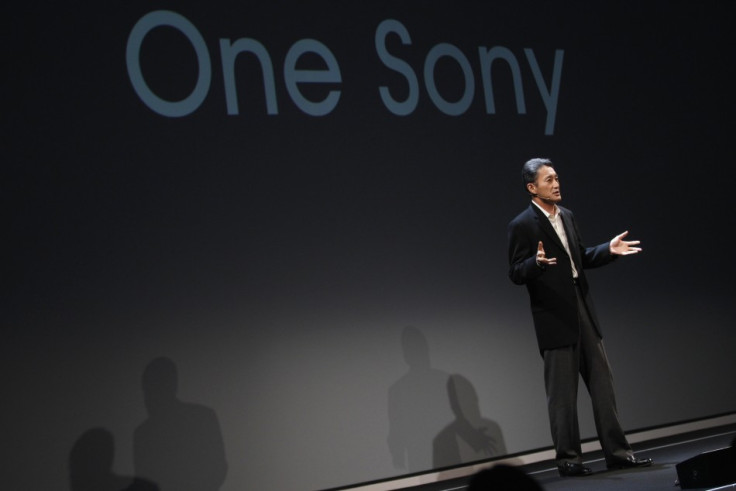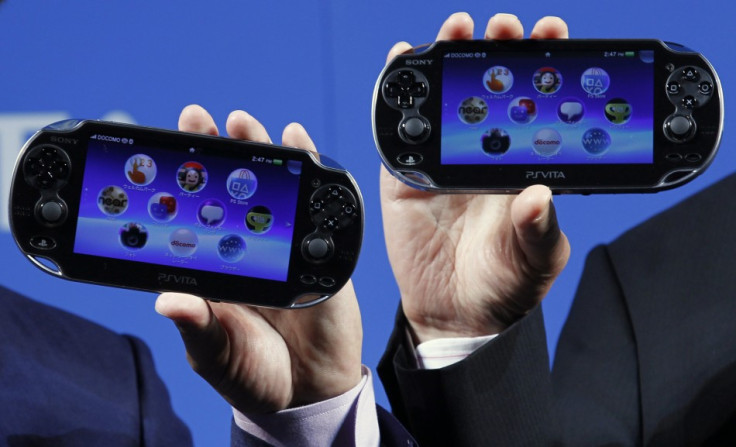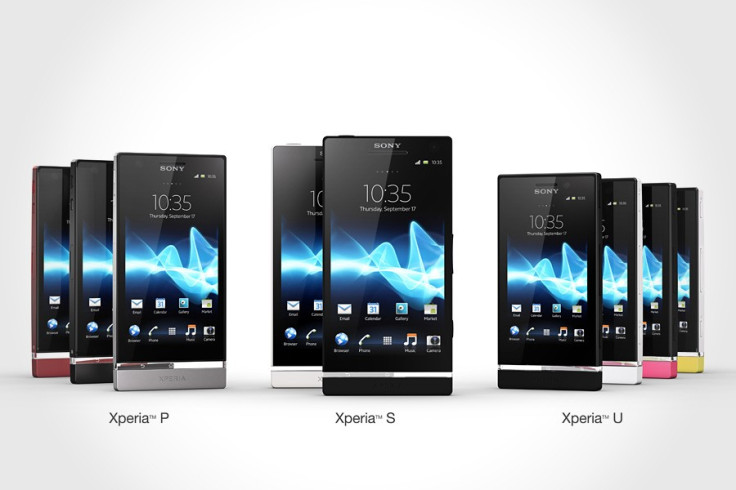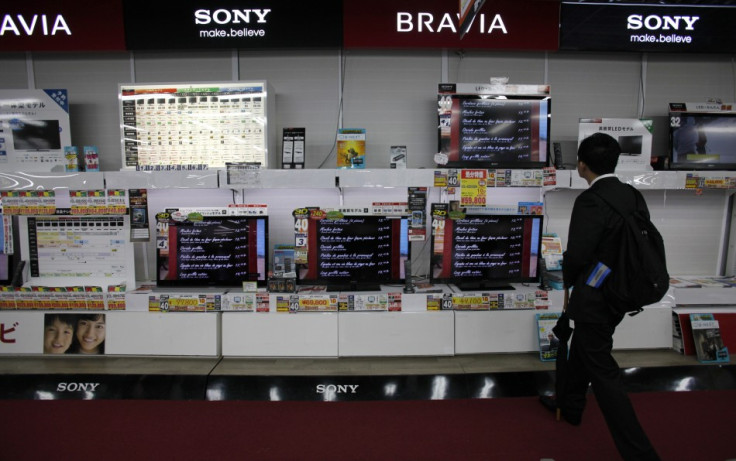Can Sony Recover Past Glories?
Like RIM and Nokia, Sony is a technology giant which is having a tough time of it at the moment. However unlike RIM and Nokia, Sony is a company with fingers in many pies and this week's announcement of the culling of 10,000 jobs and £581m restructuring plan, is aimed at creating a more integrated company, known simply as One Sony.

While Kaz Hirai was announced as the new CEO of Sony at the beginning of February, he only assumed the position officially on 1 April. Since then he has had to announce the company will post a loss of £4bn for the last financial year, and is now culling 10,000 jobs globally. Not exactly an auspicious start then.
While the 10,000 job losses are grabbing headlines around the world, of more interest to those looking at Sony's future is its restructuring plan which the company estimates will cost ¥75 billion (£581m) in 2012. Key to securing the company's future is to consolidate its market position in a number of key categories, including smartphones, gaming and digital imaging. Add to this the need to reverse recent losses in its TV business, and it is clear to see that Sony has a lot to do if it is to meet it predicted target of ¥849bn in revenue for the financial year ending March 2015, with a profit margin of 15 percent.
In order to see just what challenges the company is facing, it is necessary to break down the company into its component parts and see just where it is likely to succeed and where it is going to struggle.
One Sony: Gaming

Gaming has long been a strong part of the Sony business, and with the PlayStation 3, PlayStation Vita and a number of PlayStation certified smartphones, such as the Xperia Play, it would seem as if this will continue to be a strong driver of profit for Sony.
However, as rumours of the PlayStation 4 continue to grow, sales of the PS3 are likely to stagnate as people hold off on buying a new console until the next-generation console is released, which could be any time in the next 24 months. This could mean a long period of slipping sales in relation to the PS3, unless the Japanes giant is willing to come out and say exactly when the PS4 will arrive.
Looking at the PlayStation Vita, it launched late last year (in Japan) but has seen sales plummet since, with the handheld console selling less than 9,000 in the first week of February in its home territory. TO put this figure in perspecitve, this is less than the Nintendo 3DS and, more worryingly, less than the original PSP over the same seven-day period.
Sony says that it is planning on boosting sales in its gaming division by "enriching its catalogue of downloadable game titles and subscription services available through the PSN platform, and also by expanding the line-up of PlayStation Suite-compatible devices and content."
While more games and more PlayStation-certified smartphones will help, it doesn't seem like it will be enough for Sony to maintain its current level of revenue from its gaming division, and certainly not enough to grow the division to revenue of ¥1 trillion with an operating income margin of 8 percent by 2014.
One Sony: Mobile

Sony considers smartphones, tablets and laptops all part of its Mobile division and is looking to integrate operations across the three businesses to help improve profitability in the division. One area when Sony will look to integrate is services.
As well as producing laptops, tablets and smartphones, Sony also has a large content production side to its business which gives it unrivalled access to music, films and games. In its statement about restructuring the company in the coming years, this was marked out as a key point:
"Sony also plans to aggressively leverage its many technologies in areas such as digital imaging and game, its rich content assets including pictures, music and game, its Sony Entertainment Network network service platform, as well as the communications technology expertise and knowhow accumulated through its experience in the mobile phone industry, to launch new mobile products and establish new business models."
One area Sony will be looking to make the biggest gains is in terms of smartphones. Prior to the announcement that Howard Stringer would be stepping down as CEO, he announced that the partnership between Sony and Ericsson was ending and that Sony would buy out the 50 percent share held by Ericsson.
The result was the first ever Sony-branded smartphones, in the shape of the Xperia S, Xperia U and Xperia P, which Sony showed off at Mobile World Congress at the end of February. While they were generally warmly received, especially for their design, they are not going to challenge the likes of the HTC One X, iPhone 4S or up-coming Samsung Galaxy S3.
Sony knows it has a lot of work to do in order to become one of the major players in the smartphone market, and will need to develop its Xperia brand in order to do this. However with a vast array of content available, and integration with tablets, laptops and TVs a big possibility, there is no reason why Sony cannot succeed.
Sony's two tablets, the dual-screen Tablet P and the 10.1in Tablet S, have failed to make much of an impact in the market. However, it was the Tablet S's abilty to act as a remote control for your TV which gave it a slight edge over other Android tablets, and this could be an area where Sony might be able to take advantage in the future.
In terms of laptops, Sony has not currently got an Ultrabook on the market but it did show off a reference design for one at CES earlier this year and is likely to try and leverage its well-known VAIO brand to attract customers to the new Intel-promoted platform. However Sony is late to the game and could find it difficult to gain traction in what is becoming a very crowded market.
One Sony: Cameras

Just like the company as a whole, in terms of digital imaging, Sony does it all. It develops its own sensors, lenses, processing engines and cameras. This should ensure that the digital imaging section of the business continues to be a vital aspect of the overall business.
Sony says it plans on leveraging these technologies in its consumer products as well as professional and broadcast cameras and video cameras. Sony also plans to extend the use of these technologies to a wide range of business applications such as security and medical, to "further expand the scope of its digital imaging business."
Sony has been traditionally been very strong in the consumer camera sector with point-and-shoot cameras in the CyberShot range and more recently in the interchangeable lens camera market with its NEX range of micro-four thirds cameras.
While the NEX range is likely to continue to grow, the point-and-shoot market is contracting, with smartphones doubling up as compact cameras for many people. In an ironic twist, one of the reasons for the contraction in this market is the improvement in quality of sensors and lenses on smartphones, a lot of which are supplied by Sony itself.
One Sony: TVs

Sony's once proud TV business has been floundering on the rocks of financial ruin for some time now, with competition from South Korean companies like Samsung and LG destroying its once dominant position.
In February the rating agency Standard and Poors downgraded the company's long-term rating from A- to BBB+, in a large part thanks to the losses suffered by Sony's TV producing arm. Sony has been aware of the problem with its TV arm for some time and in November announced a "comprehensive television profitability improvement plan."
This included the sale of its share in its LCD panel manufacturing joint venture with Samsung, which has now been completed and should result in panel-related cost reductions.
However the most radical changes will come in the number of products it is going to offer to market, with a 40 percent reduction expected in the next 12 months, with the aim of reducing fixed business costs related to the television business by 60 percent.
The second tactic to turn around the TV business, is by concentrating on high-end displays such as OLED and the Crystal LED technology which was first unveiled at CES earlier this year. Both technologies could come on-stream in the next 12 months, with OLED likely to lead the way, but both will come to market with very high cost prices, though Sony will not be alone in this.
Sony is also planning on integrating its audio and mobile technologies more with its Bravia range of TVs, which sounds like a good idea to us and to an extent echoes what Apple has been moving towards with its products.
Competition in the TV market is tough, with a lot of low-cost manufacturers undercutting Sony, which can no longer rely on its brand name alone to guarantee sales. Hirai is planning on getting the TV division back in to the black by the 2013 fiscal year, which will be a hard ask, considering it has been in the red now for almost a decade.
Sony also mentioned that it will be developing innovations surrounding 4K technology which means we are likely to see 4K TVs (as well as video and still cameras) from the company in the next five years.
While this all sounds very exciting, investors and shareholders will be looking very much to the near future and hoping the £581bn Sony is spending on restructuring will help get it out of the hole it is currently mired in.
© Copyright IBTimes 2024. All rights reserved.






